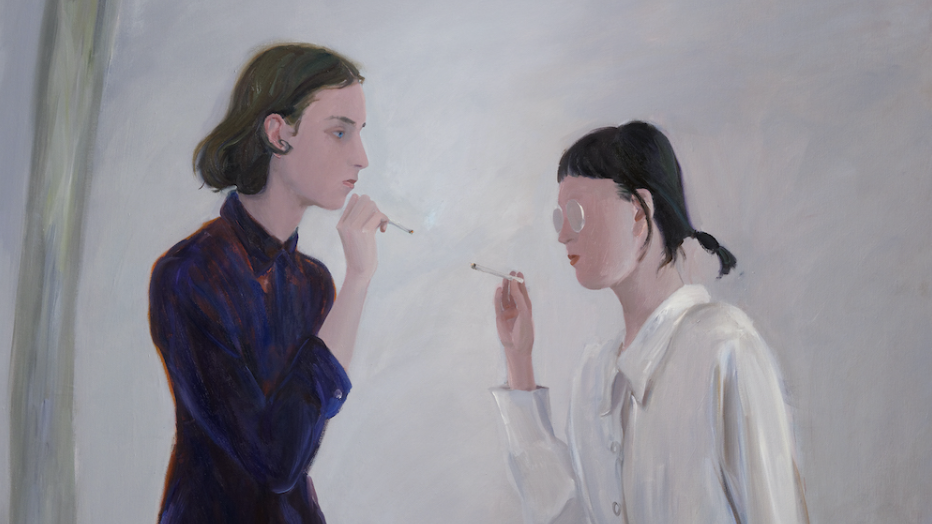‘Intimacy builds worlds; it creates spaces and usurps places meant for other kinds of relation,’ wrote the literary critic and queer theorist Lauren Berlant. Just as the verb ‘to intimate’ implies the ability to ‘communicate with the sparest of signs and gestures’, intimacy similarly ‘involves the aspiration for a narrative about something shared, a story about both oneself and others that will turn out in a particular way.’ [1] We find comfort and security in these shared narratives – particularly in times of crisis – instinctively retreating into ‘zones of familiarity’, kinship, friendship, romantic love and community. Yet, it is also in times of crisis that theintimate ties that bind us also become especially strained and even undone.
We have all experienced the ambivalence that lies within the intimate sphere in the wake of the Covid-19 pandemic; a global crisis that has exercised pressure on the boundaries between self and other, private and public, the virtual and actual, and the human and non-human in unprecedented ways. Across the world, city-wide quarantines, social distancing and self-isolation, heightened xenophobia and biopolitical governance have made us uncomfortably aware of how intimacy is far from a clearly-defined, neutral and ‘natural’ practice, but one that is invested with power, often taking exclusionary and even violent forms.
In the light of such recent events that continue to trouble normative understandings of proximity and closeness, the first Asymmetry lecture series invites artists, curators and scholars to reflect on and ‘rethink’ intimacy in the context of transnational Chinese and Sinophone art. For Berlant, rethinking intimacy means to ‘appraise how we have been and how we live and how we might imagine lives that make more sense than the ones so many are living.’ While the positive and even utopian dimensions of intimacy as a practice of world-building will be explored in relation to the politics and ethics of care, co-habitation and belonging in artistic practice, the invited speakers will also consider the more ambivalent facets of intimacy that extend to wider ecologies and assemblages, or what Berlant called ‘energies of attachment’: interspecies, material, digital and diasporic intimacies that have no canon.
[1] Lauren Berlant, ‘Intimacy: A Special Issue’, Critical Inquiry, Winter 1998. Vol 24, No 2, pp 281-288
Convened by Dr Wenny Teo, Senior Lecturer in Modern and Contemporary Art, The Courtauld; Michèle Ruo Yi Landolt, Deputy Director, Asymmetry, and Dr Feixuan Xu, Asymmetry Postdoctoral Fellow, The Courtauld.









